
Pharmacists explore virtual solutions for opioid use disorder, enhancing treatment retention and accessibility while addressing economic impacts.

Pharmacists explore virtual solutions for opioid use disorder, enhancing treatment retention and accessibility while addressing economic impacts.
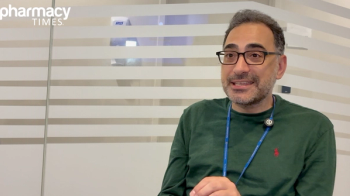
Pharmacists lead the charge in integrating pharmacogenetics into patient care, overcoming education barriers and enhancing treatment outcomes through expert guidance.

A panelist discusses how pharmacists can optimize shingles vaccine uptake by addressing cost barriers through insurance coverage, ensuring consistent vaccine recommendations across all health care touchpoints, and using a presumptive approach that assumes patients want protection rather than asking if they want a vaccine.
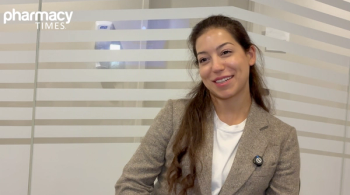
Mary Nauffal, PharmD, MS, BCOP, discusses innovative use of isatuximab for red cell aplasia post stem cell transplant, highlighting its potential in clinical trials.
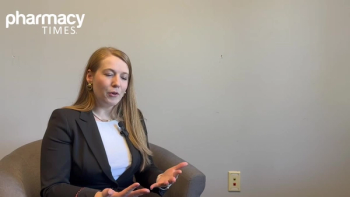
Pharmacists play a crucial role in managing drug interactions and optimizing treatment with CDK4/6 inhibitors for HER2-positive breast cancer patients.
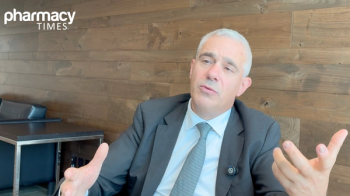
Xavier Leleu, MD, PhD, shares how OBI technology reduces preparation time and manual pushes for pharmacists.

Panelists discuss how CDK4/6 inhibitors can be considered for patients with visceral crisis based on limited data from the RIGHT Choice trial (though historically chemotherapy has been preferred), and how the number of positive lymph nodes in early-stage breast cancer drives treatment selection based on the specific inclusion criteria from the monarchE and NATALEE trials, with dual-eligible patients requiring consideration adverse effect profiles and patient-specific factors.

Panelists discuss how FDA-approved CDK4/6 inhibitors are used in early breast cancer (abemaciclib and ribociclib with different trial designs and dosing regimens) and metastatic breast cancer (palbociclib, ribociclib, and abemaciclib showing approximately 2-year progression-free survival advantages in various combination therapies).
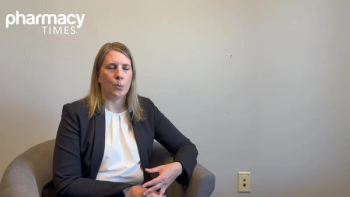
Pharmacists enhance patient care by managing CDK4/6 inhibitors, addressing adverse effects and ensuring effective therapy selection in oncology.
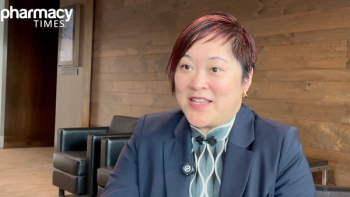
Expert shares the evolving role of pharmacy in patient care, emphasizing treatment accessibility and monitoring.

Claudio Cerchione, MD, PhD, discusses the benefits of anti-CD38 quadruplet regimens for older patients with multiple myeloma.
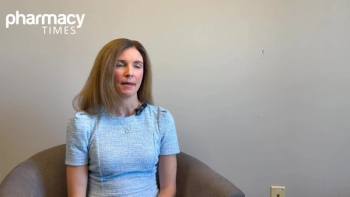
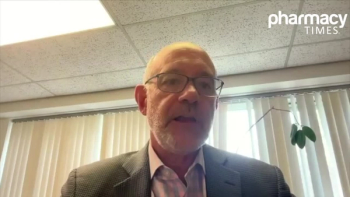
Real-world data from nearly 1.5 million administrations of intranasal esketamine (Spravato) show that its safety profile—including risks of sedation, blood pressure changes, and dissociation—remains consistent with clinical trial findings.
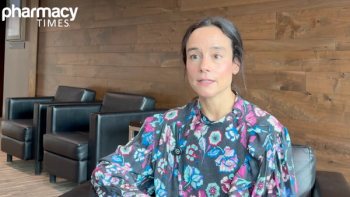
Expert shares the promising potential of linvoseltamab in treating high-risk smoldering multiple myeloma.
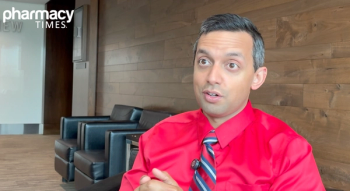
Expert shares the latest advancements in CAR T therapy and novel treatments for myeloma, addressing access challenges and promising new options.
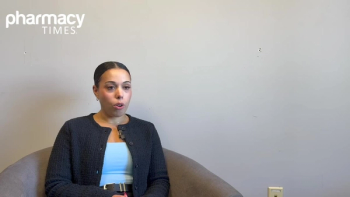
Explore the impact of CDK4/6 inhibitors in HR+/HER2– breast cancer treatment and the essential role of oncology pharmacy practice.

A panelist discusses how pharmacists can successfully coadminister shingles vaccines with other immunizations by following CDC recommendations, addressing patient concerns about multiple vaccines through education about safety and convenience, and emphasizing the importance of preventing delays in care.

A panelist discusses how pharmacists can address vaccine hesitancy by collaborating with prescribers who recommend against vaccination through education and in-services, and by reframing patients’ concerns about being “too young or healthy” as opportunities to build robust immunity while their immune system is strong.
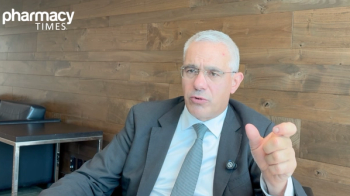
Expert discusses groundbreaking studies on the on-body injector for isatuximab, highlighting its efficacy, safety, and patient convenience.
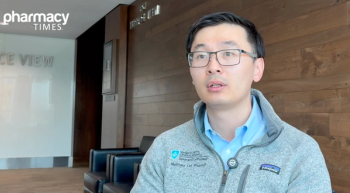
Pharmacists enhance patient care in multiple myeloma by focusing on infection prevention, CRS management, and optimizing outcomes with T-cell engagers post-CAR T.

Fast-melt tablets may help improve adherence by offering patients a convenient alternative to traditional pills, especially for those experiencing pill fatigue or managing multiple medications.
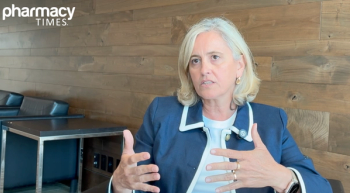
Costimulatory bispecific antibodies revolutionize multiple myeloma treatment, offering deeper responses and flexible sequencing strategies for patients.
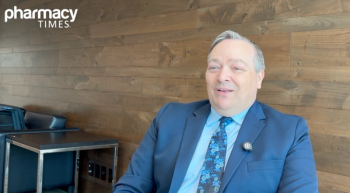
New findings reveal that combining daratumumab with lenalidomide significantly enhances MRD negativity and progression-free survival in multiple myeloma maintenance therapy.
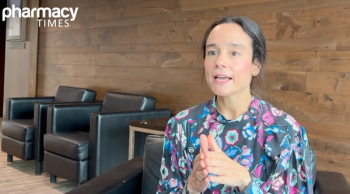
Experts discuss the potential of linvoseltamab in treating high-risk smoldering multiple myeloma, highlighting promising early trial results and response rates.

Expert highlights how taste-masking, dose, and particle size influence patient adherence and the clinical performance of fast-dissolving delivery systems.
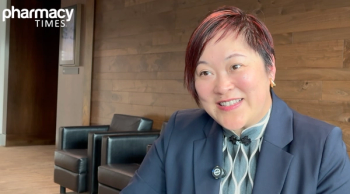
Outpatient use of bispecifics and CAR T-cell therapies in multiple myeloma can expand access.
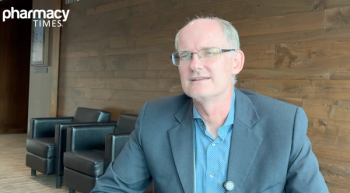
Teclistamab shows promising results in frontline multiple myeloma treatment, achieving high MRD negativity rates, but safety concerns remain.

Discover the benefits of fast melt tablets, designed for easy swallowing and quick disintegration, enhancing patient convenience and adherence.
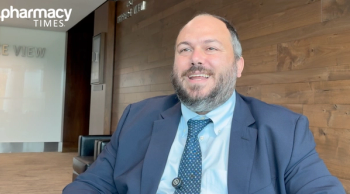
An expert discusses the benefits of anti-CD38 quadruplet regimens for elderly multiple myeloma patients.

An expert discusses CAR T therapy's potential in treating relapsed multiple myeloma, highlighting long-term remissions and access challenges.